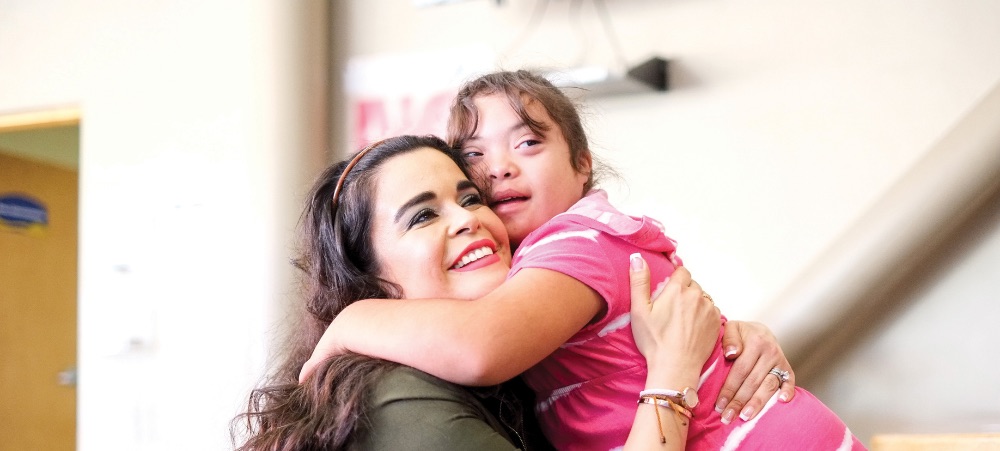In my work with parents and teachers on solving behavior challenges with children, I help them identify the problem, possible causes of the behavior, and then possible solutions for eliminating it. My goal is to send the adults away with a few simple step-by-step techniques they can implement immediately to bring about quick change at home or in the classroom. Here are four key questions to ask yourself to help you identify a current behavior issue and some common sense solutions to solve them.
QUESTION # 1: Why can’t the behavior occur?
Adults react unnecessarily when children behave in ways that annoy or embarrass the adult, or add more chaos to their already stressed state of mind. Adults also react in this manner in response to feelings of fear that the child may fall down or get hurt in some fashion. Stop before you react unnecessarily and ask yourself, “What is the worst that could happen if I don’t react?,” or “Why can’t my child do what she’s doing at the moment?” Let go of the urge to control everything and everybody. Avoid arranging the outcomes of everyone’s behavior.
QUESTION # 2: How would the child know not to behave this way?
Children see the world from a different perspective than adults, and adults unfairly assume or expect children to see it from theirs. Carefully examine the models that your children have around them to learn from and be sure to set good examples that teach what you want them to learn. Encouraging a child to read frequently, for example, works best when they see the adult reading, too. Create agreements ahead of time and set up rules before activities begin, not in the middle of them. Yes, this will require you as a caregiver to think ahead and predict behavior situations that could be challenging.
QUESTION # 3: What unmet needs might the child be demonstrating?
In many instances, both children and adults demonstrate surprising behaviors as a way of getting unmet needs satisfied. The little boy constantly drawing may be exhibiting his need to draw and create. Creating appropriate opportunities for him to draw and color may be all that is necessary to eliminate the problem. Giving a bossy child the opportunity to lead family activities may satisfy his need to be in charge. And relaxing over a tween or teen’s experiments with her appearance that doesn’t endanger her will satisfy her need to explore her own identity in a healthy way. Have you ever behaved in curious ways to satisfy any unmet needs of your own?
QUESTION # 4: Is there a purpose to this behavior for the child?
Both children and adults find ways to act out to create more purpose in their life. The little boy picking the fights with his brother discovered that it brought his busy grandmother into the room in hopes of her taking his side. The little girl who had once again become a baby was most likely responding to the jealousy she may have felt of having to share her parents with her new sibling. And my own son found a new way to annoy others by experimenting with sounds he could make with his voice.
Before you get angry and behave badly as a caregiver, step back for one moment, take a deep breath, and ask yourself these four questions. Perhaps the answers they offer may allow you to see the behaviour differently and provide you with an opportunity to choose an alternate response that will get you more effective results. Behavior is usually a result of what has been learned through imitation or getting unmet needs or purpose satisfied. Avoid the urge to react and think of ways you can be proactive instead to avoid or eliminate challenging behaviours.
- What If My Child Won’t Take No for an Answer? - November 26, 2025
- Dealing with Your Child’s Power Struggles - November 26, 2025
- Are You Raising a Praise Junkie? - November 25, 2025






1 thought on “Four Questions to Ask Before You Discipline”
I read this post fully about the difference of latest and
previous technologies, it’s awesome article.